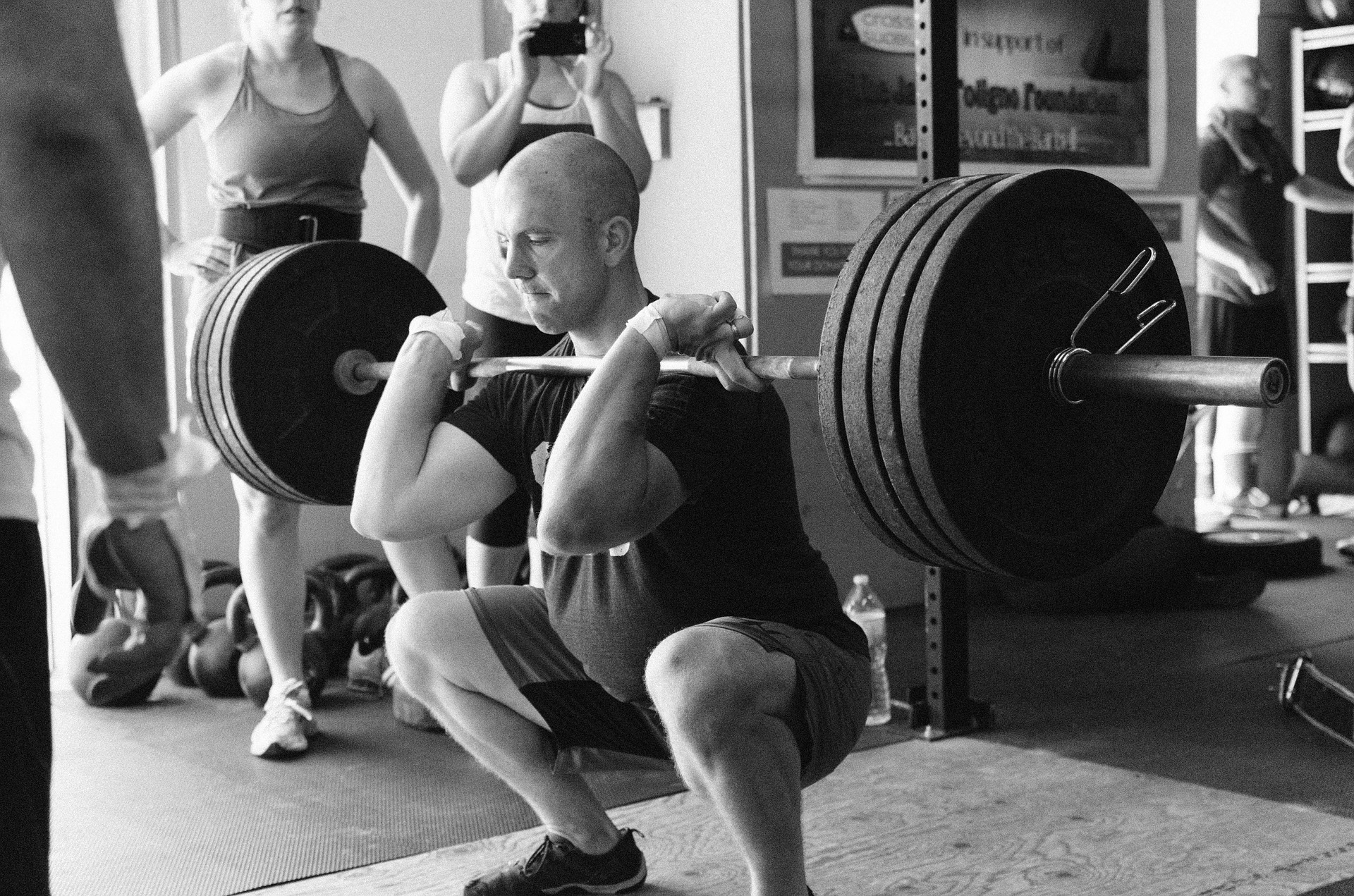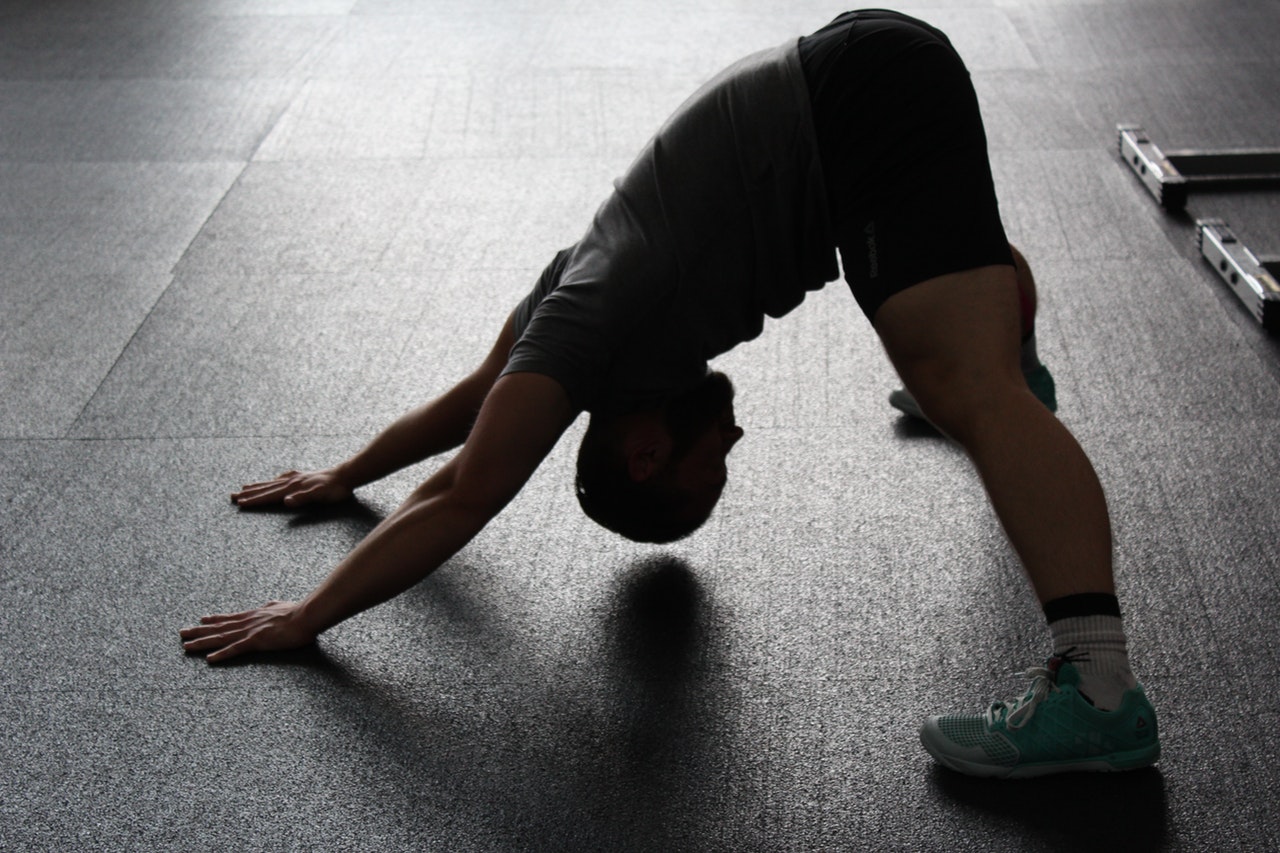Looking for ways to improve your diet and level of fitness? Here are the top 10 diet and fitness tips for men.
1. Prepare

Preparation is the key to success. Plan and prepare your meals and workouts for the week. You are much more likely not to stray from your diet if your food is already portioned and ready for consumption. You’ll also be more likely to have a good workout if you are walking into the gym with a plan and know exactly what you are due for that day. Go ahead and place cheat meals and rest days into your programming as well, this will benefit you more than you know.
2. Set goals

Setting a goal and later achieving it gives you a pleasant, inexplicable feeling. Without goals, you may find yourself aimlessly going through the motions without a plan. Set short-term and long-term goals to help you stay motivated and on track.
3. Know your macronutrient and caloric needs

Are you overeating, under eating, or right on target? Figure out your overall total caloric needs per day based on your gender, age, physical activity level, and weight-related fitness goal. It’s also important that you know your macronutrient goals and needs per day. The macronutrients are proteins, fats, and carbohydrates. Speak with a registered dietitian, nutritionist, or use a credible calculator online to figure out what your daily dietary needs and recommendations are.
4. Stay hydrated

Our bodies are composed of mostly water. I’m sure you’ve heard the guidelines to drink a minimum of eight 8-ounce glasses of water each day for optimal health. In fact, most people should actually drink more, depending on your gender, age, weight, and level of physical activity. If we don’t consume enough water daily, resulting in dehydration, we sometimes experience cramps, headaches, and restlessness amongst other things, all of which could be avoided if the body is properly hydrated. Two ideas to help ensure you drink enough water is to carry a refillable water bottle with you at all times and to always drink one full glass of water before each meal. By doing this, you will have no excuse for not adequately hydrating!
5. Try the 80/20 rule

Eat well 80 percent of the time, and how you want to the other 20 percent of the time. Choose fresh fruits, vegetables, and lean protein sources as much as possible and try to limit your intake of empty calories and foods that are not nutrient-dense. Keep in mind that what we do most of the time is much more important than what is done some of the time.
6. Exercise your heart

Do cardio. According to the American Heart Association, we should all complete at least 150 minutes of moderate or 75 minutes of vigorous cardiovascular activity each week. Examples of moderate cardiovascular activities include swimming, walking, leisurely cycling, tennis, and mowing the lawn. Types of vigorous cardiovascular activities include running, hiking, plyometric workouts, high-intensity interval training, and basketball. Find modalities you like and incorporate them into your routine.
7. Lift heavy and often

Aim for at least 2-3 resistance training sessions per week. Resistance training is important for a number of things, such as bone health, increased strength, weight management, increased metabolism, and overall function. Be sure to train each muscle group regularly for a balanced physique and to prevent any imbalances. Try to use a variety of equipment and exercises for the best results, as you don’t want the body to adapt and get used to the same old routine. Make sure the weights that you are using are challenging but doable. If you are performing high repetitions with ease, consider using heavier weights with a slow and steady increase, as the body will not change unless it is put under enough stress.
8. Don’t neglect flexibility and mobility

While it seems boring and often painful, make time to work on your flexibility and mobility. Find a way to add these elements of training into your routine, or designate 1-2 days per week specifically for this type of training. It’s important for improved balance, injury prevention, pain reduction, and better overall quality of life. Commit to ten minutes of stretching and foam rolling before and after your workout, or take a yoga class twice a week. Learn to move freely and effectively as our bodies were designed to do.
9. Focus on form

Moving a lot of weight with poor form isn’t as beneficial or impressive as moving a moderate amount of weight with good form. Putting emphasis on a good form will decrease your risk of injury and increase your chance of progression. Doing anything repetitively becomes a habit, so the more repetitions you complete with good form and good technique, the more likely you are to continue doing so in the long run.
10. Listen to your body

Push yourself when you can, acknowledge pain, and rest when you need it! Change happens when we place challenging demands on the body and take care of it. Training hard without proper recovery will only lead to setbacks in the long run.
Image credit: Pexels








